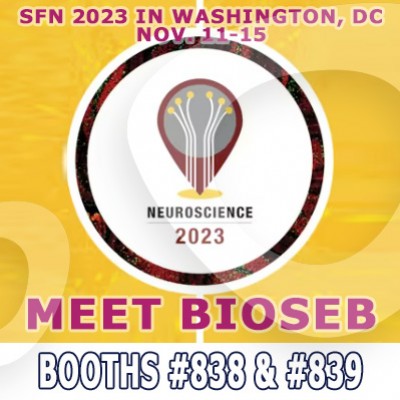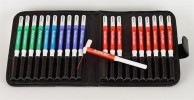Authors
C Alba-Delgado, S Mountadem, N Mermet-Joret et al
Lab
Journal
Journal of Neuroscience
Abstract
Mechanical allodynia, a widespread pain symptom which still lacks effective therapy, is associated with the activation of a dorsally-directed polysynaptic circuit within spinal (SDH) or medullary dorsal horn (MDH), whereby tactile inputs into deep SDH/MDH can gain access to superficial SDH/MDH, eliciting pain. Inner lamina II (IIi) interneurons expressing the _ isoform of protein kinase C (PKC_+) are key elements for allodynia circuits but how they operate is still unclear. Combining behavioral, ex vivo electrophysiological and morphological approaches in an adult rat model of facial inflammatory pain (Complete Freund's Adjuvant, CFA), we show that the mechanical allodynia observed 1h after CFA injection is associated with i) sensitization (using ERK1/2 phosphorylation as a marker) and ii) reduced dendritic arborizations and enhanced spine density-in exclusively PKC_+ interneurons, but iii) depolarized resting membrane potential (RMP) in all lamina IIi PKC_+/PKC_- interneurons. Blocking MDH 5HT2A receptors (5-HT2AR) prevents facial mechanical allodynia and associated changes in the morphology of PKC_+ interneurons, but not depolarized RMP in lamina IIi interneurons. Finally, activation of MDH 5-HT2AR in naïve animals is enough to reproduce the behavioral allodynia and morphological changes in PKC_+ interneurons, but not the electrophysiological changes in lamina IIi interneurons, induced by facial inflammation. This suggests that inflammation-induced mechanical allodynia involves strong morphological reorganization of PKC_+ interneurons via 5-HT2AR activation that contributes to open the gate for transmission of innocuous mechanical inputs to superficial SDH/MDH pain circuitry. Preventing 5-HT2AR-induced structural plasticity in PKC_+ interneurons might represent new avenues for the specific treatment of inflammation-induced mechanical hypersensitivity.
BIOSEB Instruments Used:
Von Frey Filaments (Bio-VF-M)

 Pain - Thermal Allodynia / Hyperalgesia
Pain - Thermal Allodynia / Hyperalgesia Pain - Spontaneous Pain - Postural Deficit
Pain - Spontaneous Pain - Postural Deficit Pain - Mechanical Allodynia / Hyperalgesia
Pain - Mechanical Allodynia / Hyperalgesia Learning/Memory - Attention - Addiction
Learning/Memory - Attention - Addiction Physiology & Respiratory Research
Physiology & Respiratory Research
 Pain
Pain Metabolism
Metabolism Motor control
Motor control Neurodegeneration
Neurodegeneration Cross-disciplinary subjects
Cross-disciplinary subjects Muscular system
Muscular system General activity
General activity Mood Disorders
Mood Disorders Other disorders
Other disorders Joints
Joints Central Nervous System (CNS)
Central Nervous System (CNS) Sensory system
Sensory system
